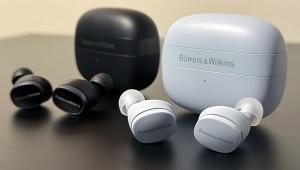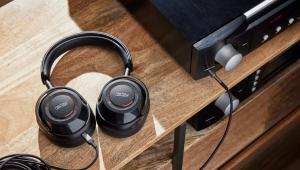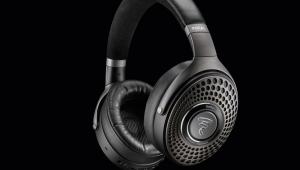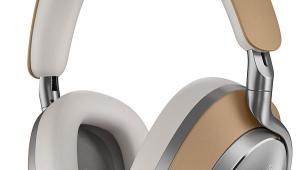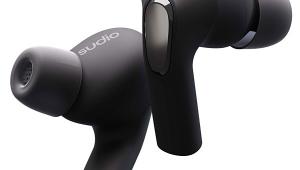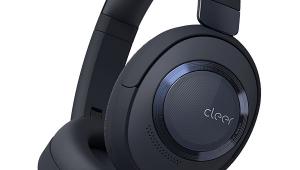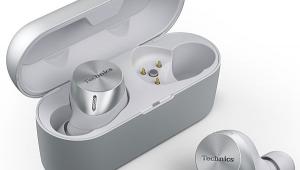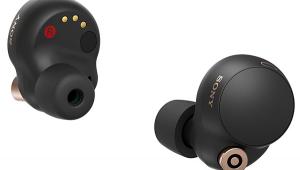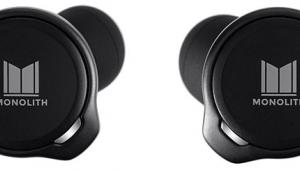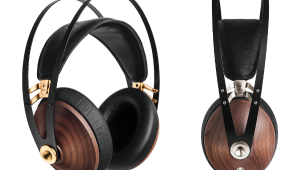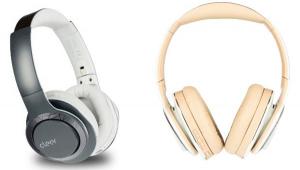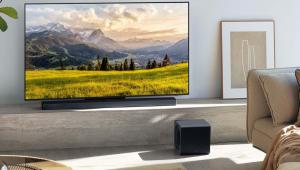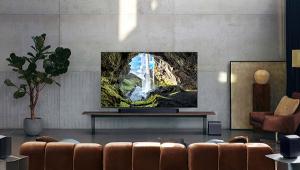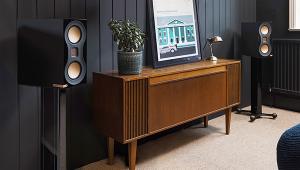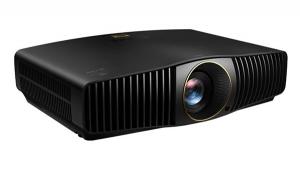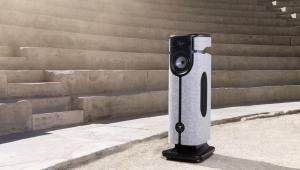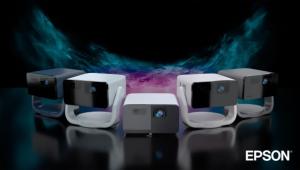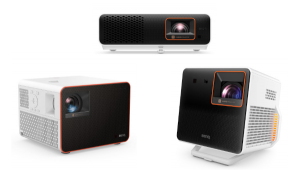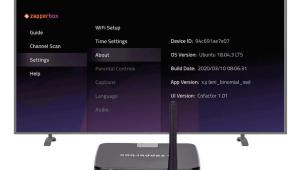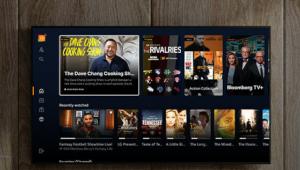Focal Hadenys & Azurys Headphones Review: Two Paths, One Foundation

AT A GLANCE
Plus
Shared aluminum/magnesium “M-shaped” driver keeps voicing consistent
Comfortable, lightweight build with replaceable cables and pads
Hadenys delivers a wide, open stage; Azurys isolates well without obvious colorations
Both offer deeper-than-expected bass extension for single-ended dynamic designs
Minus
Azurys’ cups can warm up during long sessions
Asking price edges above most feature-rich wireless competition
THE VERDICT
Focal’s Hadenys (open-back) and Azurys (closed-back) are fraternal twins that make the case for sticking with a proven mechanical recipe and letting enclosure design dictate personality. By removing wireless frills and matching every other component—driver, yoke, pads, cabling—Focal spotlights the audible trade-offs between ventilation and isolation. If you own one, you will immediately “get” the other; if you own both, you’ll rarely worry about choosing the wrong headphone for the occasion.
Design & Build: One Chassis, Two Personalities
Slide the Hadenys and Azurys out of their identical clamshell carry cases and the only obvious difference is finish—earth-tone brown for Hadenys, stone-blue for Azurys. Everything else is dittoed: magnesium yokes pivot smoothly around an aluminum frame; memory-foam pads clamp with the same, pleasantly moderate pressure; and detachable 3.5 mm cables route under the yokes, keeping strain relief out of sight.
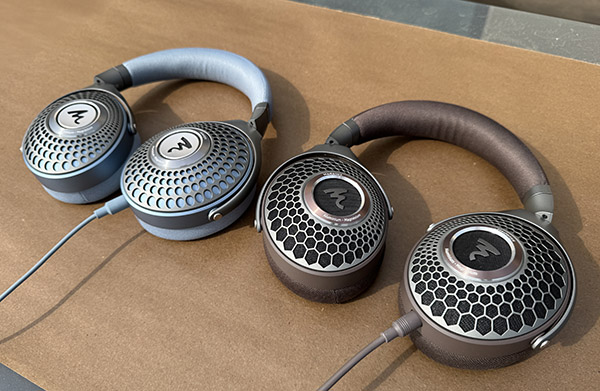
Inside each cup sits Focal’s 40 mm aluminum/magnesium dome driver, the component trickling all the way down from the company’s $1 k–plus models. The acoustic DNA therefore starts in the same place. The divergence is in how air—and by extension, reflected energy—moves once the diaphragm starts pumping. The Hadenys let it breathe; the Azurys bottles it up. Everything audible stems from that single choice.
Listening Notes
Method
Both headphones were broken-in for 48 hours with bass-rich tracks before critical listening, as Focal recommends. Source material ranged from lossless Qobuz streams to 24-bit project files in Ableton Live. Artists spanned Tripp St., L’Entourloop, The Orb, Dead Can Dance, Slick Rick, Boards of Canada, Thievery Corporation, New Order, Griz, and much more. I also listen to sine waves generated on a PC to subjectively judge bass extension and quality.
Hadenys: Air & Ease
Open-back ventilation gives the Hadenys a knack for presenting wide, wraparound spacious sound that seems to blend with the outside reality. On The Orb’s “Little Fluffy Clouds,” crowd chatter floats far outside the earcups, while the central kick retains weight rather than the polite thump many open designs deliver. Bass extension subjectively feels full down to the low-20s when program material demands it, matching the 25Hz spec closely.
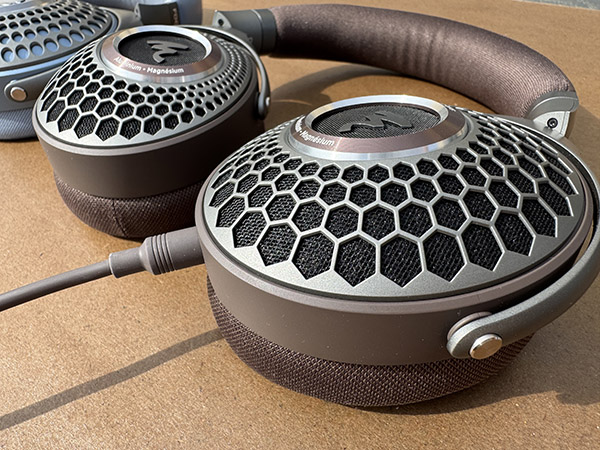
Transient detail is Focal-familiar: snappy but not etched. The aluminum/magnesium dome’s slight upper-mid zest helps guitars pop while avoiding vocal sibilance. Long sessions cause neither clamp fatigue nor ear-cup sweat—what you give up in isolation you regain in comfort and situational awareness. Walking outside in a park while streaming Qobuz, I could talk to anyone without yanking the cups. Transparency mode, the analog edition.
Azurys: Focus & Isolation
Clamp force is identical to Hadenys, yet the closed architecture puts you in a quiet bubble. Per the specs, sub-bass digs deeper—15 Hz—and kick drums image closer to your nose, all else being equal—as it is here—the slightly more compact soundstage is a psychoacoustic effect of the closed design. On Bassnectar’s “Underwater,” the Azurys deliver a tactile throb that the Hadenys presents a few dB lower and less emphatically.
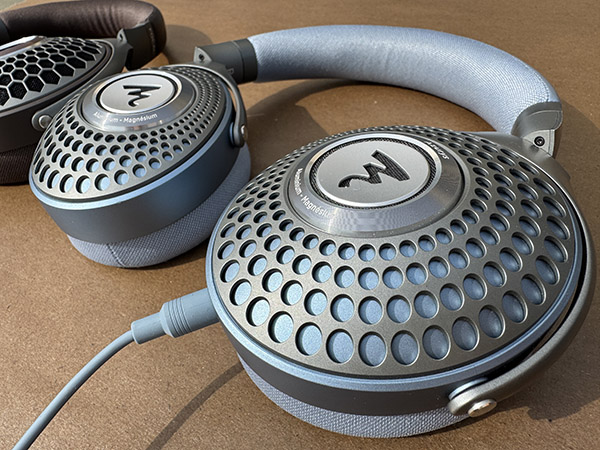
Closed-back coloration is subtle. The sound is "meatier" than through the Hadenys. There is a comfort factor issue. I noticed the cups warming after an hour at the mixing desk. Opening the yokes between takes solved that, but it’s worth noting if you record long sessions in an already warm studio.
Studio Use: Swapping “Or” for “And”
Because the mechanical platform is identical, moving from open to closed (or vice versa) doesn’t reset your brain. Levels, pan balances, and EQ moves made in Ableton on Hadenys translated almost perfectly to Azurys; the differences were limited to mild differences in spatial cues and the deepest bass. That makes them ideal complementary tools: open-back for editing and arrangement where ear fatigue matters, closed-back for late-night work, or travel. Focal hasn’t forced you to choose; it’s given you the option to own both and maintain workflow consistency.
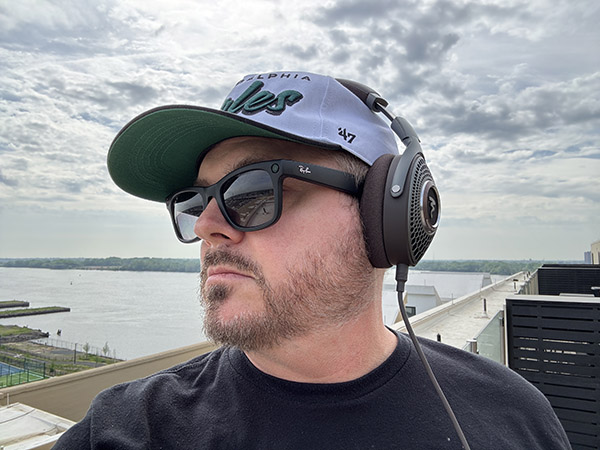
Apples to, Well, Apples
A wired passive pair at $600–$700 inevitably draws comparison to Apple’s AirPods Max, especially now that Apple offers USB-C lossless. Where the Focals rely on mechanics, the AirPods lean on DSP, ANC, and a weighty battery.
Sonically, the AirPods Max are good. Commendable even, but the algorithmic “right-sounding” presentation keeps you inside Apple’s bubble.
Why even bring AirPods Max up? Because Apple recently released a headphone cable. Yes, a regular headphone cable, which allows for true lossless sound. Essentially the AirPods Max just became (optionally) corded headphones.
With the Hadenys or Azurys, what you feed them is what you get—no firmware tune-ups, just tailored sound from the get-go. Also no battery anxiety or obsolescence when codecs advance. But if you do want those features along with Focal's style and sonics there is a solution whereby you can have it all: the Focal Bathys (reviewed here).
If your listening life demands ANC and wireless convenience, Focal’s newcomers are the wrong tool. If you value durability, serviceability, and the confidence that a future DAC will still plug right in, they make a persuasive counter-argument.
Caveats & Practicalities
• Isolation Expectations: Open-backs leak and invite outside sound. Closed-backs leak far less but are only as good as their seal. Choose accordingly.
• Amp Requirements: A phone-dongle or modest interface will get you loud. A dedicated headphone amp adds headroom but isn’t mandatory.
• Long-Term Value: Pads and cables are user-replaceable, and the driver platform is shared with more-expensive Focal siblings. Moreover there's no battery to wear out. Buy cheap, buy twice; buy once here, and you’re likely set for many years.
Bottom Line
Focal’s Hadenys and Azurys are essentially one headphone delivered in two acoustic flavors. If you spend all your time in shared or noisy spaces, the Azurys’ isolation tips the scale. If you mix, master, or simply prefer the free-breathing sound of open-backs, the Hadenys feel like a bargain slice of Focal’s higher-end lineage.

Most listeners will pick one or the other. Enthusiasts who keep both on the desk will discover that moving between them is almost seamless—a rare treat in a market where open-back and closed-back versions of the same model are rare and can sound more like distant cousins rather than siblings. Either way, Focal has replaced the tyranny of or with the flexibility of and, and done so without the crutch of electronics or apps. That alone is worth the price of admission.

Numbers alone don’t tell the story, but they do confirm that the two models are more alike than different. Equal impedance and sensitivity make them an equally easy load for laptops, interfaces, and phones with external dongle-DACs—in my case a MOTU M4 (PC) or Creative X1 (phone).
Shop for Hadenys at Crutchfield.
Shop for Azurys at Crutchfield.
Spec Sheet Snapshot
| Spec | Hadenys | Azurys |
|---|---|---|
| Type | Circum-aural open-back | Circum-aural closed-back |
| Driver | 40 mm Al/Mg “M” dome | Same |
| FR (±3 dB) | 25 Hz–22 kHz | 15 Hz–22 kHz |
| Impedance | 26 Ω | 26 Ω |
| Sensitivity | 100 dB/1 mW | 100 dB/1 mW |
| THD @ 1 kHz, 100 dB | < 0.2 % | < 0.3 % |
| Weight | 294 g | 306 g |

